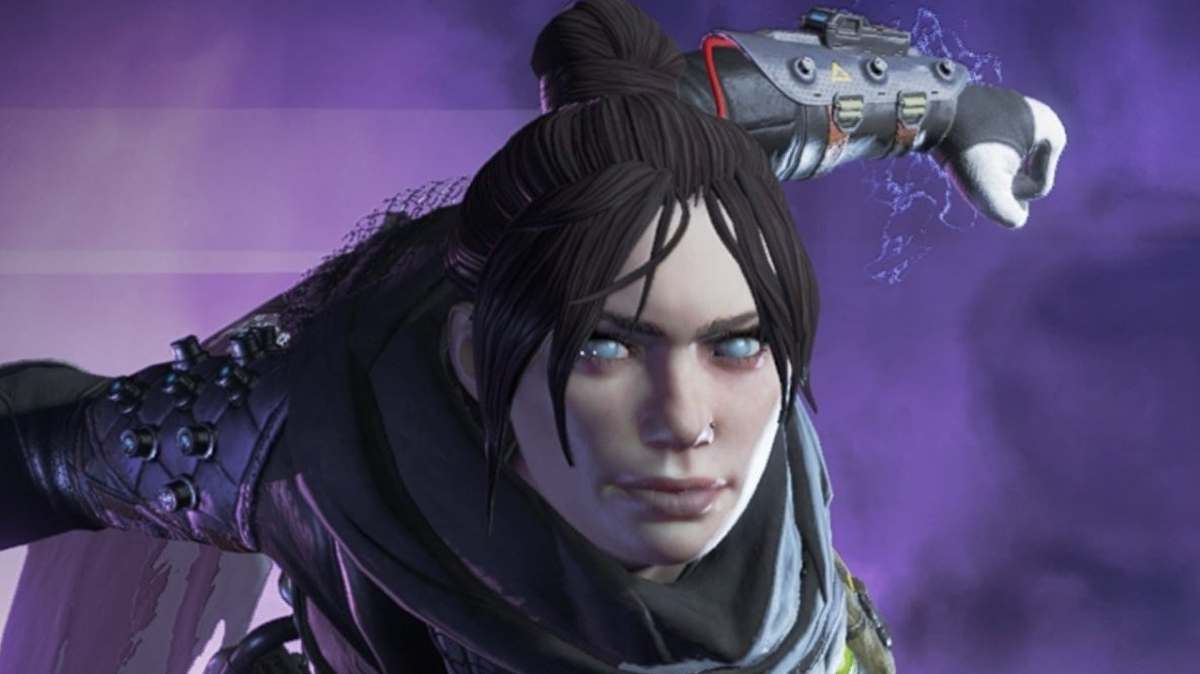When FIFA 22 launches in October, it will be accused of being the same game as FIFA 21. And FIFA 20. And FIFA 19, and FIFA 18, and FIFA… you get the idea. Certainly, compared to open-world single-player RPGs, each incarnation of EA's yearly sports sim is incredibly similar to the one that came before it – Madden, MLB: The Show, and NBA 2K all have the same reputation.
FIFA is a football game, and each year, it lets you play football. The teams, leagues, and players remain largely similar, with just promotions, relegations, kits, transfers, and minor stat tweaks being updated with each new entry. It's not a secret – the people who buy FIFA year in, year out know exactly what they're getting. Yet every year, EA throws out a couple of new features, mostly for the sake of appearances. Maybe I'm a fool who falls in love, but this year's HyperMotion looks different – which is why it's all the more frustrating that it's not coming to PC.
Related: Bring Back This Is Football’s Deliberate Foul ButtonFIFA 21 was the first game in the series developed for PS5 and Xbox Series X/S, but since the game launched before said consoles, players who picked it up for PS4 or Xbox One could then upgrade to the new-gen version free of charge. Graphically, the game looked significantly better on the latest consoles, especially when it zoomed in, but as far as gameplay went, it was the same. This year, that's not the case.
HyperMotion is a new feature that’s exclusive to new platforms, meaning gameplay will be different across generations. However, this time around you won't be able to upgrade for free should you buy a PS5, say, next January. HyperMotion may well be just another buzzword feature – it’s certainly named like one – but it feels promising. If a whole new console can't bring about meaningful changes to FIFA, I don't know what can, especially when the series continues its refusal to embrace changes in modern football.
Once you dig into it, HyperMotion sounds like the real deal. For the first time ever, EA has used 11 v 11 motion capture of active games of football, culminating in 8.7 million frames of capture footage. There are 4,000 extra animations, which include aesthetic realism – players will shout at each other to get in position – as well as behavioural changes in positioning, body movements, and dribbling. We don't yet know if specific player movements, like Jadon Sancho's hand flutter or Cristiano Ronaldo's dropped shoulder, will feature, but I'd guess they will be introduced in FIFA 23 or 24 once the groundwork of this system has been tested.
It's not just animations though – HyperMotion also means players will think differently. Attackers will make "six times more" decisions per second, influencing the runs they make, whether they drop off, which post to run at, and all the smaller choices that players don't necessarily perceive, but are crucial to ensuring the attackers and defenders don't just bump into each other and collapse on the floor like a herd of rolling Neymars. Aerial battles, which previously seemed to be dictated entirely by the timing of a button push and each player's height, will now be more kinetic too, resulting in more contested balls and unpredictable bounces, rather than the defender usually winning or a foul being awarded.

It all sounds great. Maybe I'm drinking the Gatorade, but for the first time in a long time, I'm expecting this year's FIFA to be noticeably different from the one that came before. Whether it will or won't though is kind of besides the point – gimmick or game-changing new tech, it's disgraceful that it's not going to be on PC.
Typically, PC players are the most hardcore ones. Gaming PCs cost a lot more than a console, and considering a lot of players build them from scratch, require a lot more maintenance. In most esports, PC players dominate, and mouse and keyboard is the go-to controller setup. In FIFA, this is reversed. Pretty much all FIFA PC players will play with a controller, and the hardcore market in FIFA is not split so easily.
Many of the most dedicated FIFA players are precisely that – FIFA players. They might play Warzone and Fortnite as well, but they aren't the type of people to buy the new must-have RPG at launch. Their console is a FIFA machine that also lets them play some online shooters, and the vast majority of their gaming time is spent playing – and pumping money into – Ultimate Team. EA knows its core market for FIFA is vastly different from most gaming demographics, and so it can stiff PC players with no real consequence. Ditto Nintendo Switch players, who got an unchanged-from-FIFA-20-Legacy-Version edition of FIFA 21 last year, while the rest of us received the full, upgraded game.

The big FIFA players play on console and don't follow the gaming press scandal cycle. They likely don't know – and if they did know, wouldn't care – that EA is being unfair to PC players, so there's no blowback. It can't be because EA is unable to implement these features on PC – if it works on an Xbox Series S, it can work on a PC. I never like to say 'laziness', because it's insulting to the incredibly difficult job that game developers do, and it's rarely if ever the actual answer.
Instead, as I suspect is true here, the answer is probably money. It's profitable to improve FIFA 22 on consoles, because that's where most players buy it, and you need to give them an incentive. On PC, not enough people buy it – FIFA 21 averages around 25,000 Steam concurrents, way below where you’d expect one of the big yearly sellers to be – to justify optimising the expensive new tech for PC, so the cheaper version is made available instead. It's insulting, and as exciting as HyperMotion sounds for FIFA, it's hard to celebrate it when PC players are getting such a raw deal.
Next: How Much Will Viewable FUT Packs Change FIFA 22?

